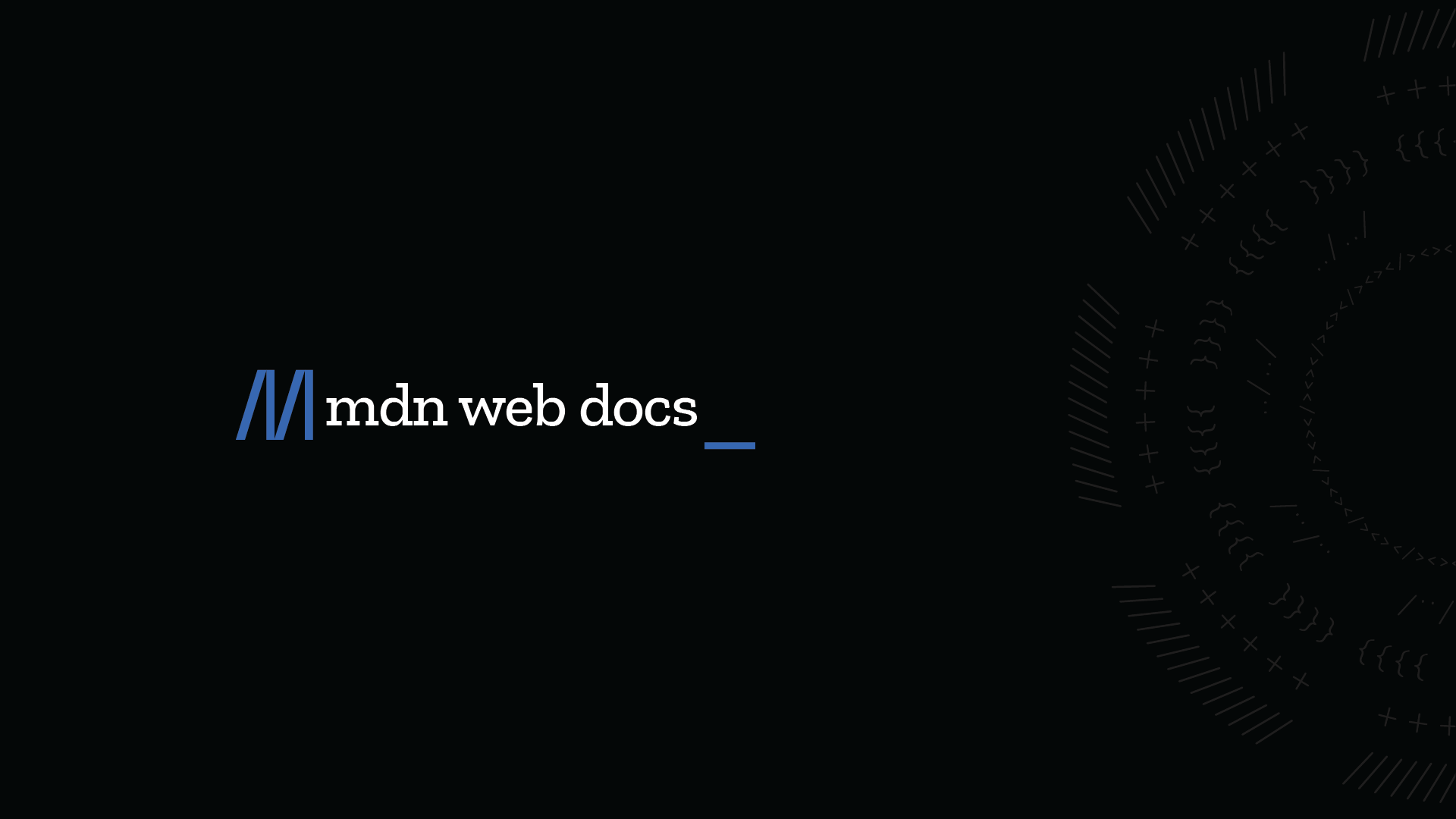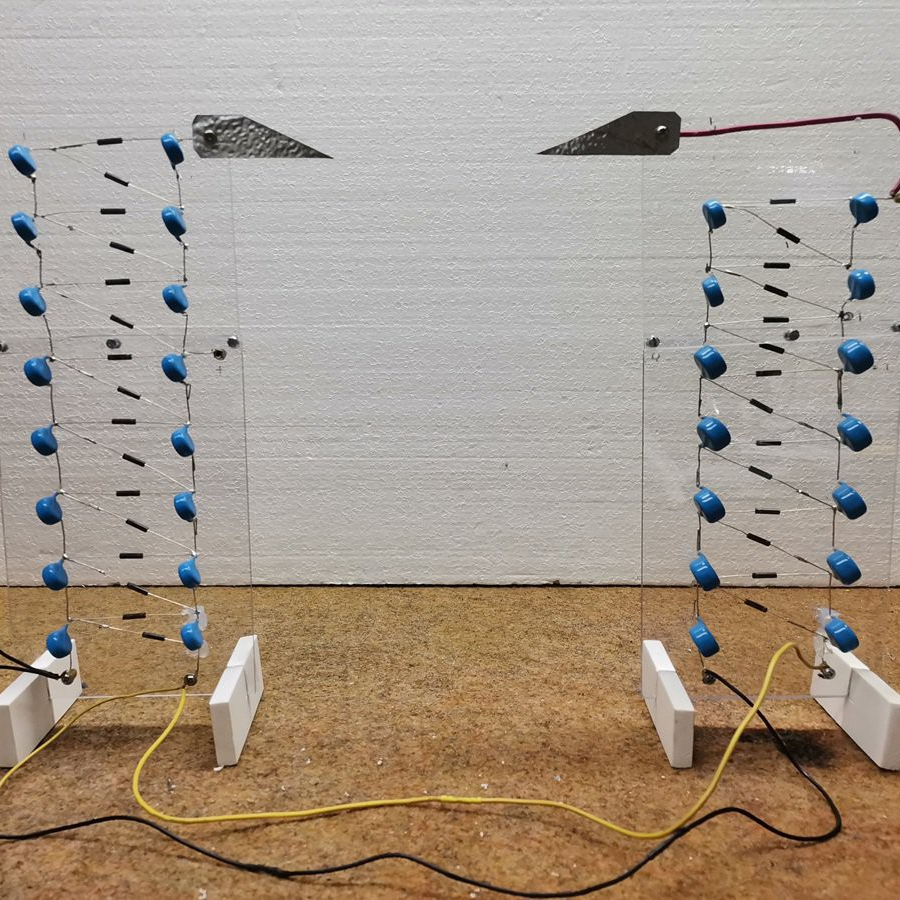Debouncing in Programming: The Absolute Truth No One Tells You
Hello everyone. Today we’re tackling the concept of debouncing in programming — the supposed knight in shining armor for taming overzealous function calls. The article I’ve just slogged through tries to explain this in a way that you might call “serviceable,” but frankly, it lands somewhere between “bland technical manual” and “nap time reading material for insomniac developers.” Let’s dissect it, shall we?
The Explanation
Debouncing, according to the source, is about discarding operations that occur too close together within a given timeframe, merging them into a single operation. It’s essentially a function babysitter, telling your code, “Calm down, breathe, and wait until you’re not in the middle of a spasm before doing anything useful.”
The author even throws in a comparison to throttling — because apparently we need to remember which one is the strict, joyless school principal and which one waits patiently for the kids to stop screaming before giving instructions. Throttling limits continuous execution rates; debouncing waits for silence, then pounces with a single, “there, done.”
The Example
The typical example? Handling user keystrokes when you want to avoid turning your UI into a slideshow from 1996. If the user is typing, you don’t process anything yet. When they pause — and only then — you move forward with processing, like filtering a list or generating autocomplete suggestions.
- The first call is the “leading edge” — think of it as the starting gun for the cooldown timer.
- Any additional calls within that downtime are lumped into the same “batch” — like patients in a waiting room all coughing to be seen by Dr. Debounce.
- When the timer finishes with no further interruptions, we hit the “trailing edge,” and the operation finally executes.
Depending on your use case, execution can occur on the leading edge, trailing edge, or both edges. And yes, if you do both, you still need to ensure you’re not firing off calls faster than a speedrunner mashing the jump button in a platformer.
The Problem
While the explanation in the article is technically correct (and unlike many online tutorials, doesn’t confuse debouncing with throttling), it reads like someone was afraid of making the topic remotely engaging. No humor, no analogies beyond the basic mechanical description — just straight, dry oatmeal without even a sprinkle of coding spice.
For a topic that appears in countless front-end performance optimizations, this was the opportunity to make the learning experience flow… or at least trickle. Instead, it felt like reading patch notes for a toaster firmware update.
Why You Should Care
From a developer’s point of view, not knowing when to debounce is like not knowing when to wash your hands before entering surgery — you can skip it, sure, but don’t be surprised if what follows is catastrophic for performance and the user experience. Interfaces that respond instantly to every keystroke without limit become bloated, laggy monstrosities. That’s where debouncing swoops in, like an overworked ER doc with a strict triage policy: “Wait your turn, some of you are not emergencies.”
Final Diagnosis
Debouncing is absolutely a key technique worth keeping in your developer arsenal — right next to memory profiling, responsive design, and not naming your variables “foo” and “bar” in production code. The article explains the basics, yes. But the lifeless delivery makes it feel like checking your pulse in a zombie apocalypse. Sure, you’ve got the facts now, but did the journey there feel in any way inspired? Not really.
As a piece of educational content, it’s competent. As a readable, engaging tech article? Mediocre. Use it if you need the bare bones of debouncing, but if you hoped for something giving you mental crit buffs while explaining the concept — look elsewhere.
Verdict: Functionally correct, fatally dull.
And that, ladies and gentlemen, is entirely my opinion.
Article source: Debounce, https://developer.mozilla.org/en-US/docs/Glossary/Debounce



